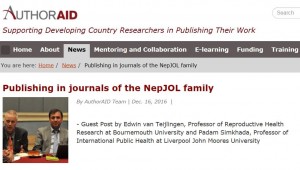 Some months ago Andy Nobes asked my colleague Prof. Padam Simkhada and I if we could write a blog about why we had so many papers in freely available online journals in Nepal. Andy is the Programme Officer, Research Development & Support at INASP, which is an international development charity based in Oxford working with a global network of partners in Africa, Latin America and Asia.
Some months ago Andy Nobes asked my colleague Prof. Padam Simkhada and I if we could write a blog about why we had so many papers in freely available online journals in Nepal. Andy is the Programme Officer, Research Development & Support at INASP, which is an international development charity based in Oxford working with a global network of partners in Africa, Latin America and Asia.
We had a whole range of immediate answers to Andy’s question, including ones like: we both love Nepal; we are on the editorial board of a few journals that are part of the NepJOL group; and editors invite us to submit articles and/or editorials. Moreover, we feel reasons for Open Access publishing are very similar to our key reasons for working in a low-income country like Nepal. These principles are (a) conducting applied academic research in low-income countries for the greater good; (b) helping to build research-capacity; and (c) telling the world about our research through quality academic publications. This week saw the publication of our blog ‘Publishing in journals of the NepJOL family’ on the AuthorAid website, click here to read the post.
Edwin van Teijlingen, Professor of Reproductive Health Research at Bournemouth University and Padam Simkhada, Professor of International Public Health at Liverpool John Moores University and BU Visiting Faculty.
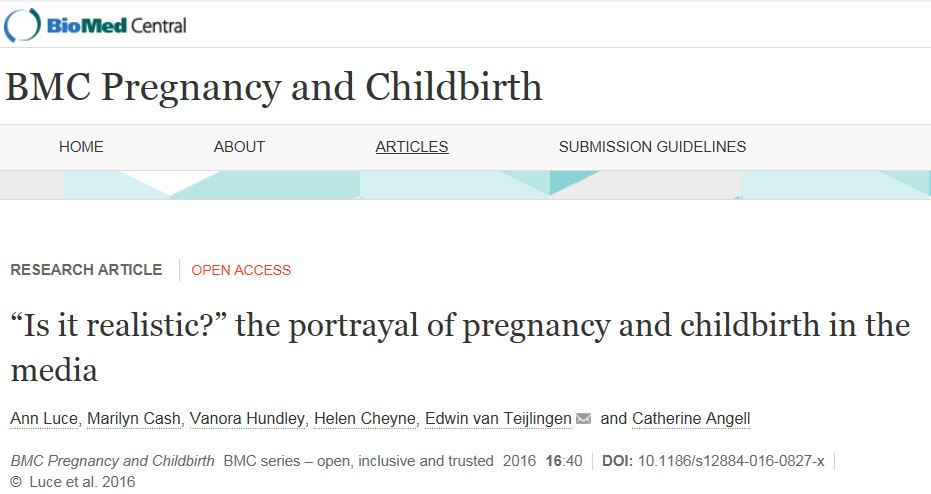
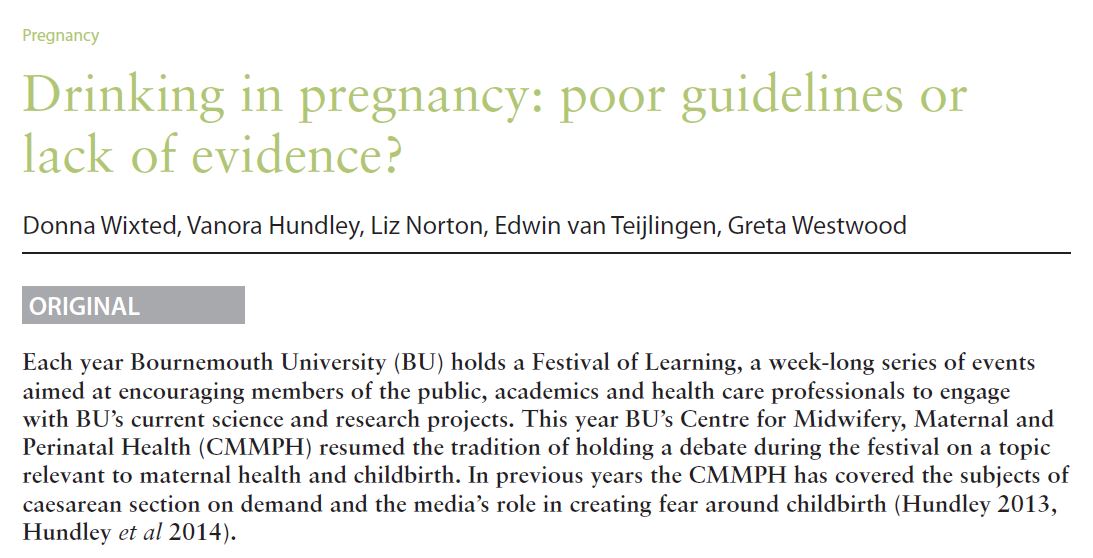
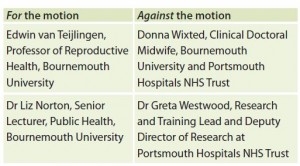
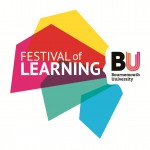
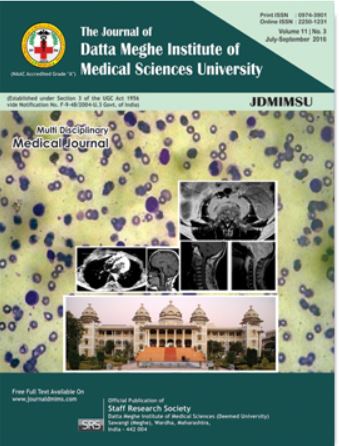
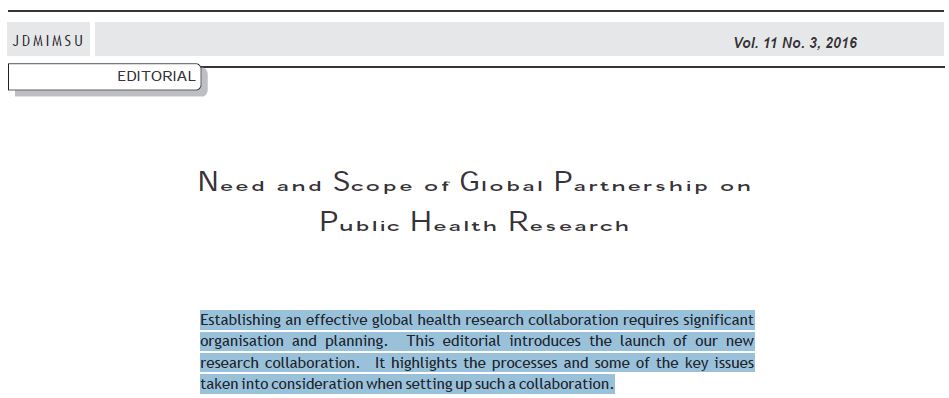
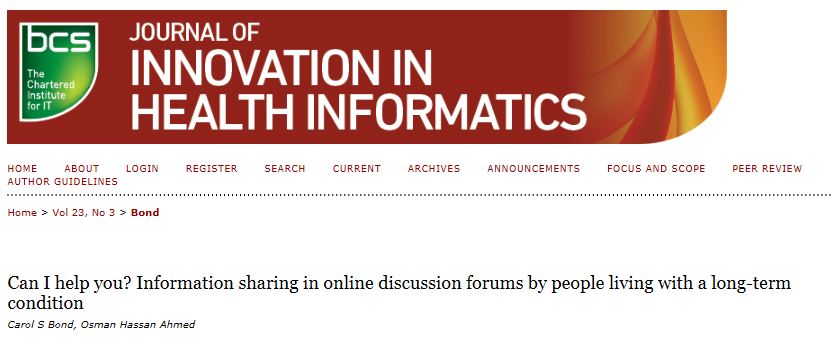
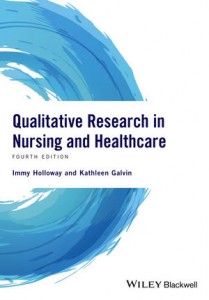
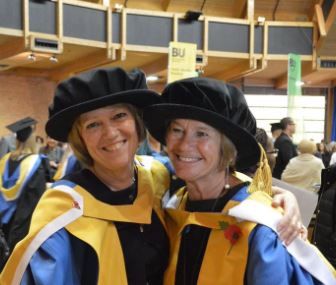
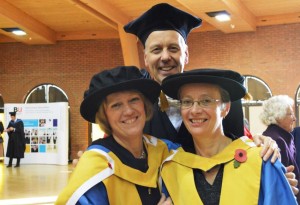
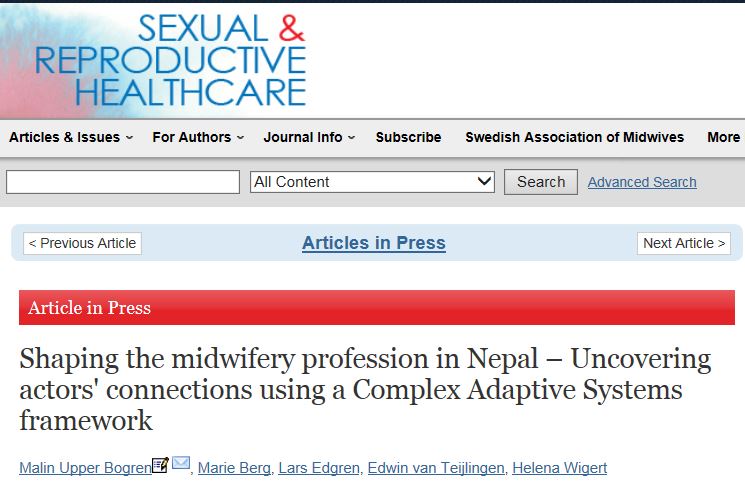
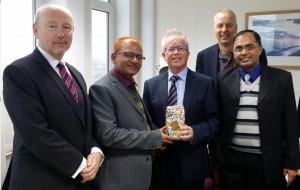
 MMIHS publishes its own journal the
MMIHS publishes its own journal the 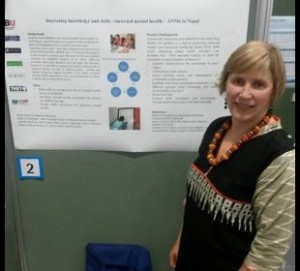
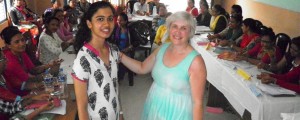

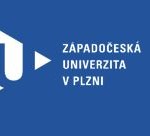
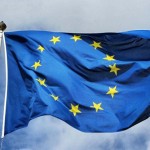
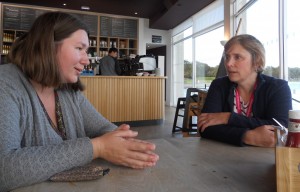
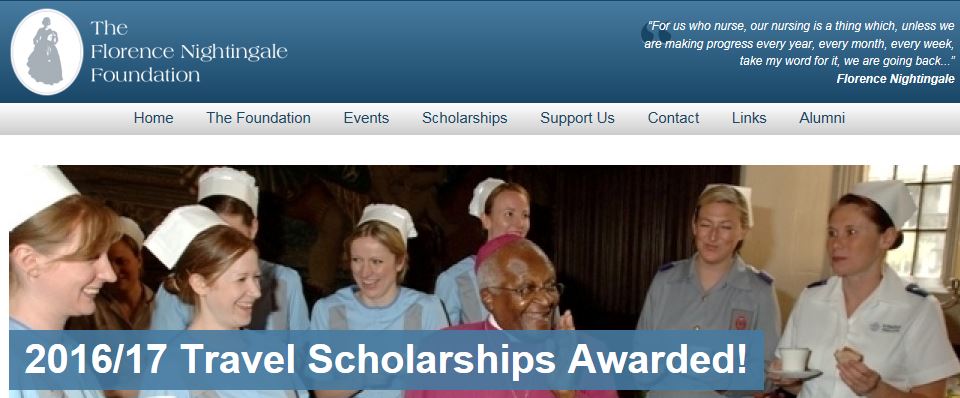
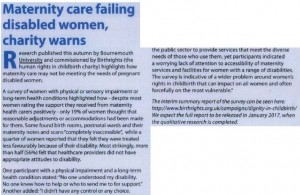 The study
The study 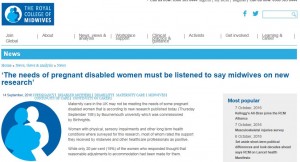
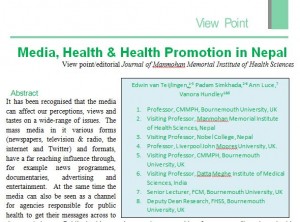

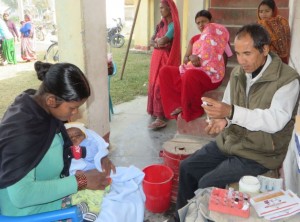
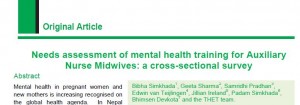
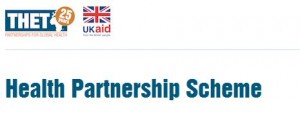
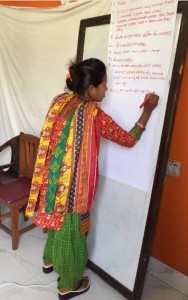
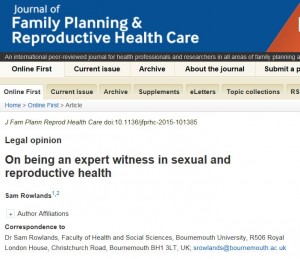














 New Nepal scoping review on maternal & neonatal health
New Nepal scoping review on maternal & neonatal health Fourth INRC Symposium: From Clinical Applications to Neuro-Inspired Computation
Fourth INRC Symposium: From Clinical Applications to Neuro-Inspired Computation Writing policy briefs
Writing policy briefs Upholding Excellence: The Concordat to Support Research Integrity
Upholding Excellence: The Concordat to Support Research Integrity ECR Funding Open Call: Research Culture & Community Grant – Application Deadline Friday 12 December
ECR Funding Open Call: Research Culture & Community Grant – Application Deadline Friday 12 December MSCA Postdoctoral Fellowships 2025 Call
MSCA Postdoctoral Fellowships 2025 Call ERC Advanced Grant 2025 Webinar
ERC Advanced Grant 2025 Webinar Horizon Europe Work Programme 2025 Published
Horizon Europe Work Programme 2025 Published Horizon Europe 2025 Work Programme pre-Published
Horizon Europe 2025 Work Programme pre-Published Update on UKRO services
Update on UKRO services European research project exploring use of ‘virtual twins’ to better manage metabolic associated fatty liver disease
European research project exploring use of ‘virtual twins’ to better manage metabolic associated fatty liver disease